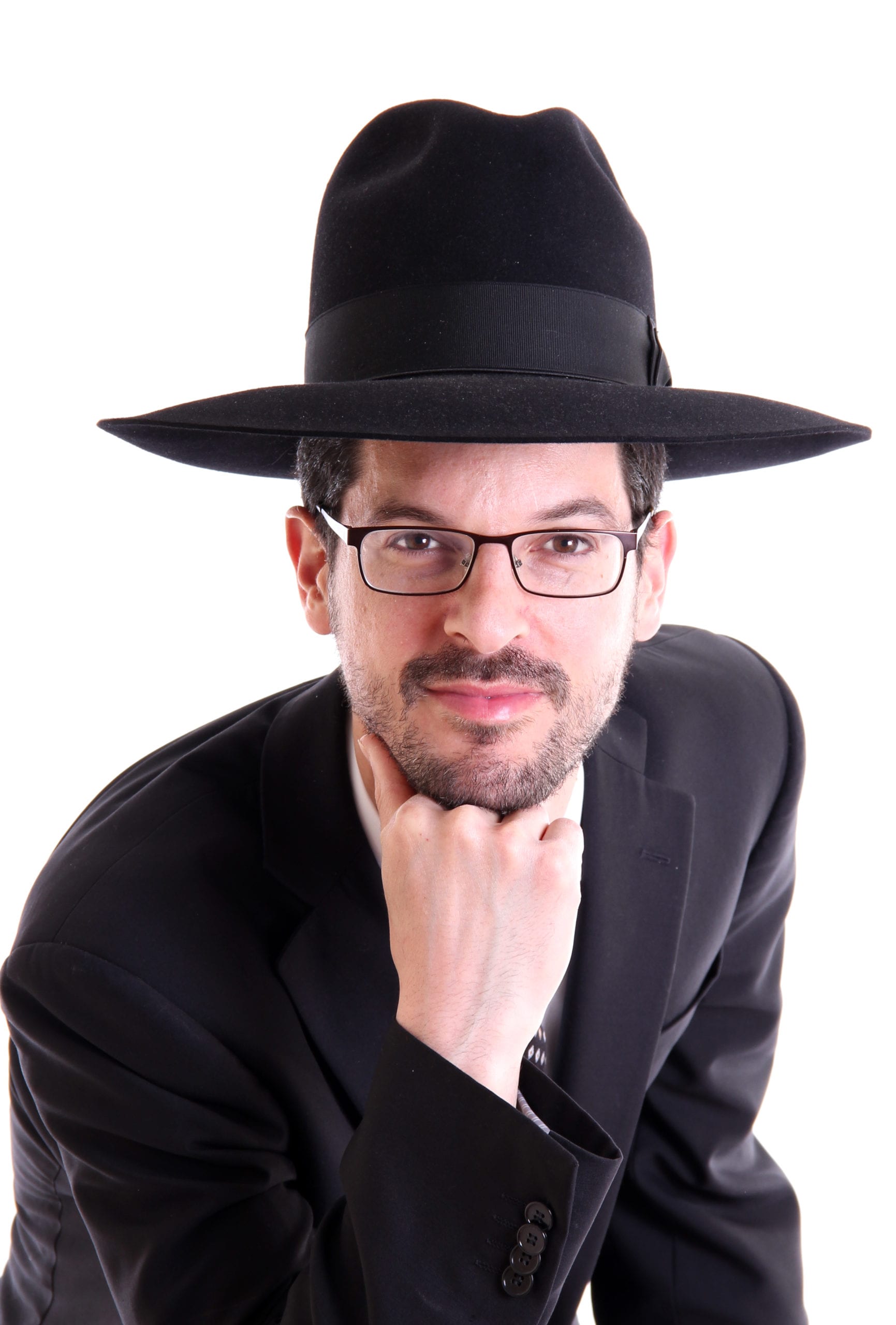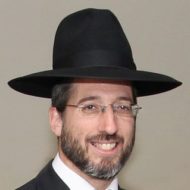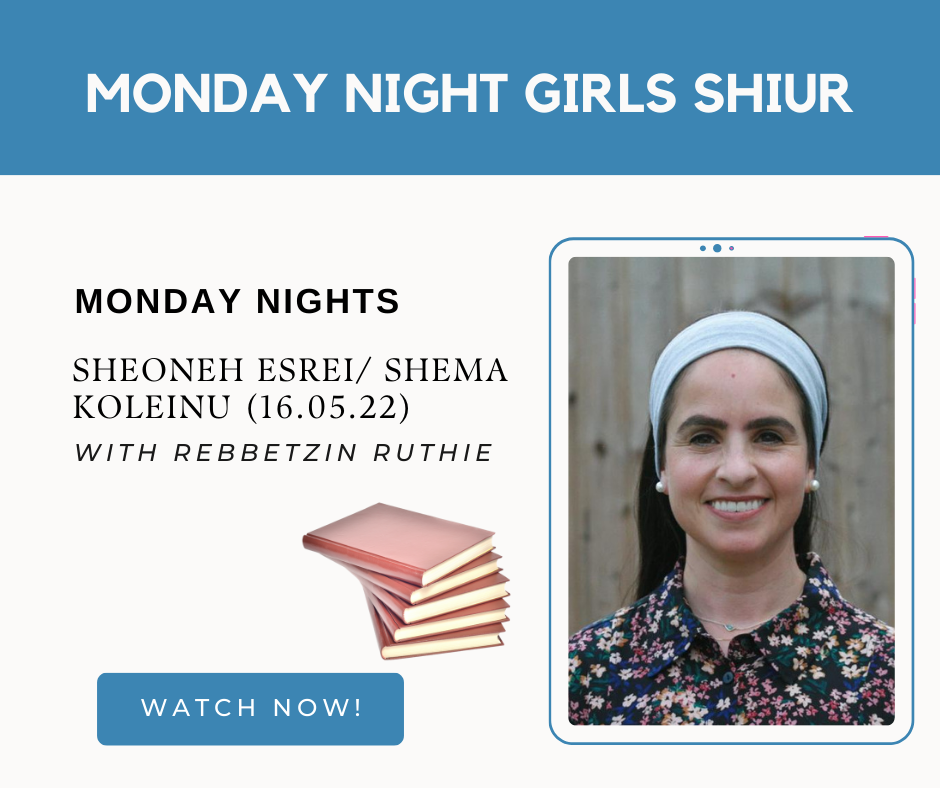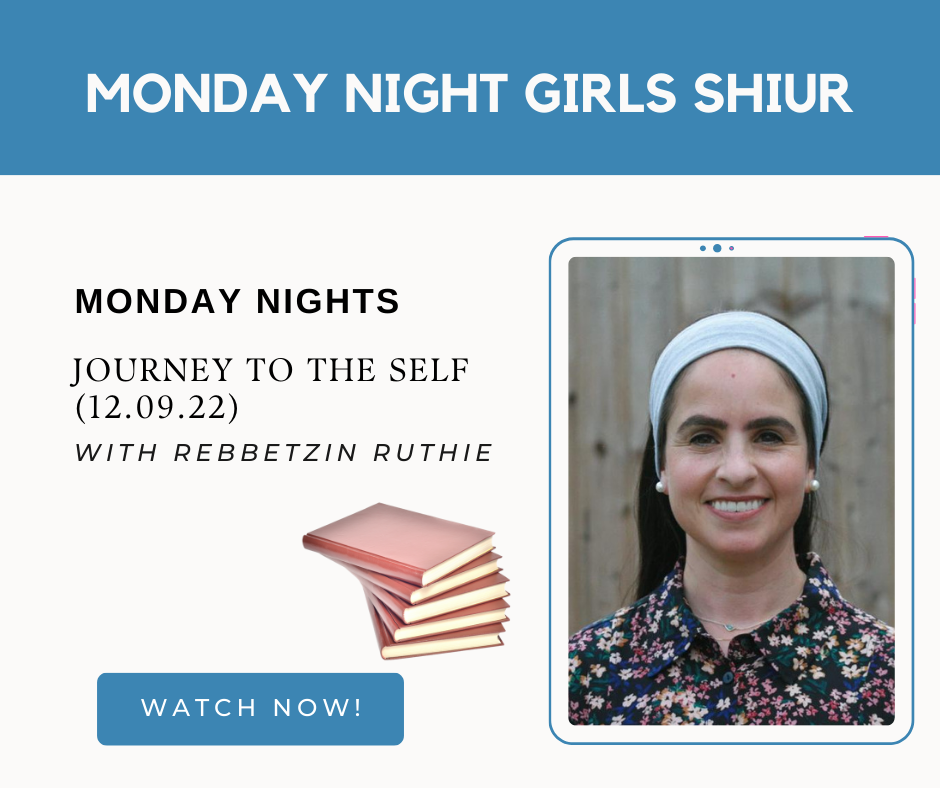
The following story was heard from a first – hand witness to the event. The students in a prominent Yeshiva were horrified to discover that standards of Kashrut which they considered essential were not being met by the Yeshiva cook. Having grown up accustomed to these standards, the students considered that their interests had been disregarded and that the cook should be dealt with accordingly. Certainly a Yeshiva was not the place to exhibit lax standards in Kashrut. The students took the matter to their Rosh Yeshiva (who was in fact one of the Gedolei Hador and who, for understandable reasons, will remain nameless) expecting him to empathise with their righteous complaint. Quite to their surprise, the Rosh Yeshiva could not agree with their gripe.
“Whilst you may consider the cook to have failed to meet basic standards which you take for granted and would not dream of negating” said the Rosh Yeshiva, “the actual infringements which have occurred relate to Chumrot (stringencies) which you have grown to treat as non-negotiable rules. As you know, the cook is a widow and this job provides her only Parnassa. Are you going to transgress the grave sin of causing anguish and financial harm to a widow, for the sake of what is not a breach of Halacha but a mere stringency?” (The Legacy, Maggid (2012)).
A similar episode occurred with R’ Yisrael Salanter, the father of the Mussar (self-improvement) movement. R’ Yisrael had just completed a visit to the house of the Admor, R’ Yitchak Meir, the Gerrer Rebbe. The Rebbe’s Chasidim saw the great honour which their Rebbe had accorded to R’ Yisrael and when R’ Yisrael went to daven Mincha, the Shul quickly filled with Chasidim hoping to catch a glimpse of the visiting Gadol. R’ Yisrael’s Shemona Esreh in fact turned out to be extremely brief and he was one of the first to finish. He noticed that the crowd were disappointed, having expected to witness an extended exhibition of R’ Yisrael’s brand of Tzidkut. R’ Yisrael took the initiative and explained that when he saw that so many workers – cobblers, tailors, blacksmiths – had taken time off work to see him, he thought it would be incorrect to prolong his Shemona Esreh which would cause them to lose the money they could have been earning if they had been at work (Tenuat Hamussar 1;361).
We think we walk around making decisions which are in line with Ratzon Hashem (Hashem’s will) – certainly in cases where we have good intentions. However, we need to realise that generally speaking we are ensnared by self interest. We do not easily take positions which do not align with our own interests or goals. We need an external impetus to keep us on the right track.
We are instructed in Parashat Eikev (Devarim 10:17) “Umaltem et Orlat Levavchem” – “You should circumcise the foreskin of your hearts”.
The Ramban interprets this Pasuk as an instruction for our “hearts to be open to know the truth”. The implication is that by default our hearts are constrained by a concern for personal gain. This Pasuk calls on us to take steps to ensure that decisions we take are Leshem Shamayim. (This commandment is in fact included by some as one of the 613 codified Mitzvot (see Smak: 9)).
In this week’s Parasha we are introduced to the concept of the Aron Hakodesh (the Holy Ark). We are told (Shemot 25:17) to “place in the Aron the testimony (the Luchot) which I will give you”.
Remarkably, we receive the exact same commandment shortly afterwards (Shemot 25:21)
“And you should put the covering (Kaporet) on the ark from above and into the ark you should put the testimony (the Luchot) which I will give you”.
What is the reason for this unwarranted repetition?
Rashi writes that the purpose of the second Pasuk is to inform us that the Luchot must be inside the Aron before the Kaporet is put in place. This explanation deserves further consideration because apparently the Torah is dealing with a scenario in which one might have wished to place the Luchot in the Aron after the covering was already in place. This Houdini – like possibility is questioned by many – including the Rosh.
The Rosh explains instead that the intention of the Pasuk is to completely prohibit the placing of the Kaporet on the Aron – even for the purpose of testing if it is a good fit. The Kaporet cannot be placed for even one second on the Aron without the Luchot already inside.
But this explanation begs further clarification. Why should it be forbidden to test the Kaporet out for size? Why is it so important that the Kaporet not be placed on the Aron without the Luchot already inside – even on a temporary basis?
R’ Chaim Kaufman zts”l (Mishchat Shemen) writes that an important message lies behind this instruction. The Aron is simply a casing for the Luchot. Until the Luchot are placed inside the Aron, we must not even begin to contemplate the Aron as having fulfilled its purpose. That is why it is forbidden to even try to put the Kaporet in place – an act which would symbolise the completion of the Aron – until the Luchot are safely inside.
We are supposed to derive from here a powerful lesson, writes R’Chaim zts”l. We need to realize that we are very influenced by our Yetzer (instinct) and without the tangible influence of the Torah we will struggle make decisions in line with Torah Hashkafa. Just as we must not even contemplate the idea that the Aron Hakodesh can function without the Torah inside it, so too must we ensure not to contemplate approaching our lives without the influence of Torah.
It is a frenzied world out there. When we sit on the tube or walk through the street, advertisements, ideas and cultures are thrown at us from every direction. Themes of money, glory and self-aggrandizement underpin modern society. It is near impossible to shelter ourselves and our mindset from this onslaught of non-Torah ideas. The only hope we have to keep us on track is the Torah itself. That Mishna that you read before you go to work or the Shiur you listen to on the bus, is not just about increasing your level of knowledge or earning some more brownie points on high. The learning that you do imbues you with the spirit of Torah, thereby connecting you to your source and ensuring that your thoughts and actions throughout the day remain anchored to Ratzon Hashem.







